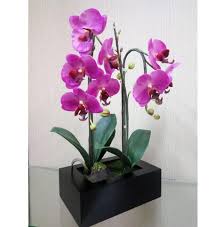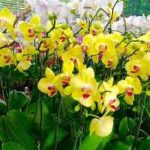Money Cat and Its Impact on Eastern Art: A Harmonious Dance of Tradition and Symbolism
Exploring the Influence of Money Cat on Eastern Art:

In the rich tapestry of Eastern art, Money Cat emerges as a cultural icon, weaving its way through artistic expressions that seamlessly blend tradition with symbolic depth. This article embarks on a journey through the realms of Eastern art, where the iconic feline figure becomes a muse, influencing artists and resonating with audiences through its enduring charm.
1. Symbolism in Traditional Eastern Paintings:
Money Cat graces the canvas of traditional Eastern paintings, where artists employ time-honored techniques to depict its symbolic charm. Whether in sumi-e ink wash paintings, Chinese brush art, or other traditional styles, the feline figure becomes a captivating subject that embodies prosperity and cultural significance.
2. Sculptural Expressions in Eastern Artistry:
Sculptors in the East carve the charm of Money Cat into traditional and contemporary sculptures. From jade carvings in China to wooden sculptures in Japan, artists create three-dimensional representations that celebrate the feline figure, allowing viewers to interact with the symbolic richness of Eastern art.
3. Money Cat in Eastern Calligraphy and Ink Art:
Calligraphers and ink artists incorporate Money Cat symbolism into their works. Elegant strokes and symbolic characters converge to create calligraphic masterpieces that capture the essence of prosperity, inviting viewers to appreciate the harmonious blend of form and meaning in Eastern artistic expressions.
4. Digital Art and Money Cat Symbolism in the East:
Contemporary Eastern artists explore Money Cat symbolism in the realm of digital art. From digital paintings to virtual reality experiences, artists leverage modern technology to reinterpret the feline figure, creating dynamic artworks that bridge the gap between traditional symbolism and contemporary expression.
5. Money Cat in Eastern Ceramics and Pottery:
Eastern potters and ceramic artists infuse Money Cat symbolism into their creations. Traditional tea sets, figurines, and ornate pottery pieces carry the spirit of the feline figure, adding a touch of cultural richness to functional art forms that have been perfected over centuries.
6. Theatrical Representations of Money Cat in Eastern Performances:
Money Cat becomes a central theme in traditional Eastern performances. From traditional Chinese opera to Japanese Noh theater, the feline figure takes on symbolic roles, adding layers of meaning to performances that celebrate cultural heritage and storytelling through the art of the stage.
7. Money Cat in Eastern Festivals and Processions:
Cultural festivals in the East feature Money Cat in lively processions and artistic displays. The feline figure becomes a symbol of joy and prosperity, contributing to the vibrant atmosphere of celebrations that unite communities in a shared appreciation for tradition and cultural symbolism.
8. Money Cat’s Impact on Contemporary Eastern Art Movements:
Contemporary Eastern art movements incorporate Money Cat as a symbol that resonates with modern audiences. From pop art to avant-garde expressions, artists draw inspiration from the feline figure, creating works that reflect the evolving nature of Eastern art while maintaining a connection to cultural roots.
Conclusion:
Money Cat’s influence on Eastern art transcends time, serving as a bridge between tradition and contemporary expression. As artists across the East continue to explore the symbolic richness of the feline figure, it remains a cultural touchstone—a symbol that invites contemplation, celebration, and a deep appreciation for the harmonious dance of tradition and symbolism in Eastern artistic endeavors. In the ever-evolving narrative of Eastern art, Money Cat stands as a timeless emblem, leaving its paw prints on the canvas of cultural heritage and inspiring artists to create works that resonate with the spirit of prosperity and artistic exploration.

